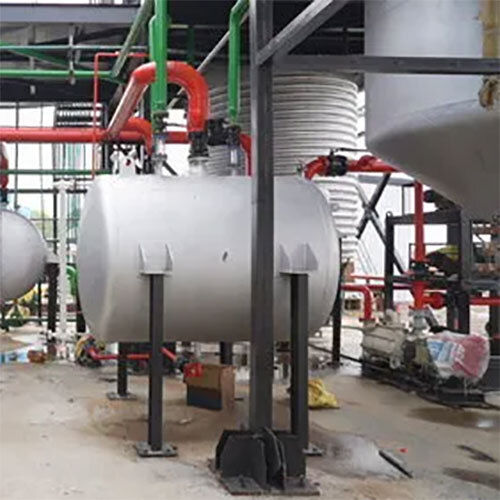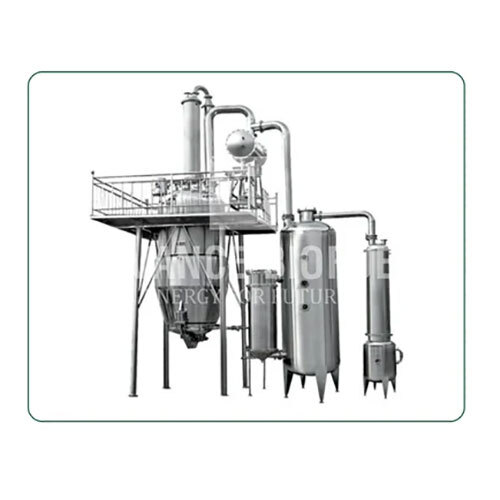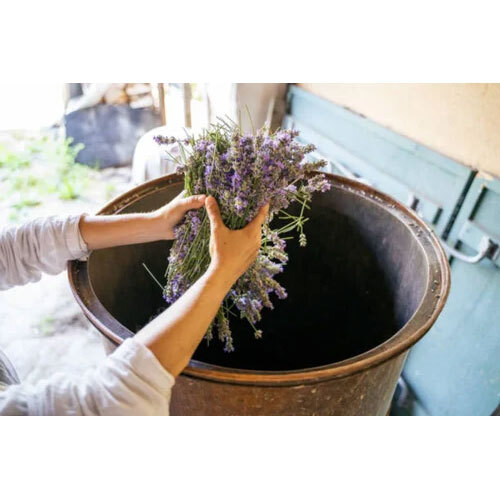GST Number - 24AAICB8818J1ZE

Essential Oil Manufacturing Plant
2500000 INR/Plant
Product Details:
- Power 120 Watt (w)
- Condition New
- Product Type Essential Oil Manufacturing Plant
- General Use PERFUME, COSMATIC AND PHARMA INDUSTRIES
- Material Stainless Steel
- Capacity 1 - 1000 Kg/hr
- Weight (kg) 5000 Kilograms (kg)
- Click to view more
X
Essential Oil Manufacturing Plant Price And Quantity
- 1 Plant
- 2500000 INR/Plant
Essential Oil Manufacturing Plant Product Specifications
- 4000X8000X6000 Millimeter (mm)
- 5000 Kilograms (kg)
- 120 Watt (w)
- Yes
- 12 MONTHS
- No
- New
- Essential Oil Manufacturing Plant
- 1 - 1000 Kg/hr
- PERFUME, COSMATIC AND PHARMA INDUSTRIES
- 100 Watt (w)
- No
- White
- Stainless Steel
- Single Shaft
- Dispersing Disc
- Mechanical
- AC Motor
Essential Oil Manufacturing Plant Trade Information
- MUNDRA, GUJARAT
- Letter of Credit (L/C) Letter of Credit at Sight (Sight L/C) Cash in Advance (CID)
- 100 Plant Per Year
- 90 Days
- Contact us for information regarding our sample policy
- INDUSTRIAL STANDARD
- Western Europe Central America Asia Australia North America South America Middle East Eastern Europe Africa
- All India
- ISO 9000:2014
Product Description
- Distillation Equipment: This includesstills, steam generators, condensers, and receivers. These components are usedto distill the plant material and separate the essential oil from the water andother impurities.
- Extraction Equipment: Some essentialoils can be extracted through other methods like cold pressing or solventextraction, and different equipment is used for each process.
- Storage Tanks: After distillation, theessential oils are stored in large tanks that are designed to protect the oilsfrom oxidation, contamination, and degradation. These tanks are typically madeof stainless steel or glass and are often fitted with heating and coolingsystems to maintain a constant temperature.
- Quality Control Systems: Essential oilsmust meet specific quality standards, and a quality control system is essentialto ensure the oils are pure, potent, and free from contaminants. This includesregular testing for purity, potency, and safety.
- Packaging and Labeling Equipment: Once theessential oils are ready for market, they are packaged in bottles or othercontainers and labeled with important information such as the plant source,batch number, expiration date, and instructions for use.
- essentialoil production plants require a high level of expertise and precision toproduce high-quality oils. The plant design must consider safety andenvironmental regulations, as well as the specific needs of each plant material
FAQs of Essential Oil Manufacturing Plant:
Q: What is the capacity of the Essential Oil Manufacturing Plant?
A: The capacity of the Essential Oil Manufacturing Plant is 1 - 1000 Kg/hr.Q: What is the general use of the Essential Oil Manufacturing Plant?
A: The general use of the Essential Oil Manufacturing Plant is for PERFUME, COSMATIC AND PHARMA INDUSTRIES.Q: Is the Essential Oil Manufacturing Plant computerized?
A: No, the Essential Oil Manufacturing Plant is not computerized.Q: What type of shaft does the Essential Oil Manufacturing Plant have?
A: The Essential Oil Manufacturing Plant has a single shaft.Q: What is the power of the Essential Oil Manufacturing Plant?
A: The power of the Essential Oil Manufacturing Plant is 120 Watt (w).Q: What is the warranty of the Essential Oil Manufacturing Plant?
A: The Essential Oil Manufacturing Plant has a 12 month warranty.Q: What color is the Essential Oil Manufacturing Plant?
A: The Essential Oil Manufacturing Plant is white.Q: What type of mixer does the Essential Oil Manufacturing Plant have?
A: The Essential Oil Manufacturing Plant has a dispersing disc mixer.Q: How much does the Essential Oil Manufacturing Plant weigh?
A: The Essential Oil Manufacturing Plant weighs 5000 Kilograms (kg).Q: What is the voltage of the Essential Oil Manufacturing Plant?
A: The voltage of the Essential Oil Manufacturing Plant is 100 Watt (w).Q: What are the dimensions of the Essential Oil Manufacturing Plant?
A: The Essential Oil Manufacturing Plant has a dimension of 4000X8000X6000 Millimeter (mm).Q: What is the condition of the Essential Oil Manufacturing Plant?
A: The Essential Oil Manufacturing Plant is new.Q: What type of motor does the Essential Oil Manufacturing Plant have?
A: The Essential Oil Manufacturing Plant has an AC motor.Q: Is the Essential Oil Manufacturing Plant automatic?
A: No, the Essential Oil Manufacturing Plant is not automatic.Q: What material is the Essential Oil Manufacturing Plant made of?
A: The Essential Oil Manufacturing Plant is made of stainless steel.Q: Does the Essential Oil Manufacturing Plant have PLC control?
A: Yes, the Essential Oil Manufacturing Plant has PLC control.Q: What type of drive does the Essential Oil Manufacturing Plant have?
A: The Essential Oil Manufacturing Plant has a mechanical drive.Tell us about your requirement

Price:
Quantity
Select Unit
- 50
- 100
- 200
- 250
- 500
- 1000+
Additional detail
Mobile number
Email





 Call Me Free
Call Me Free
